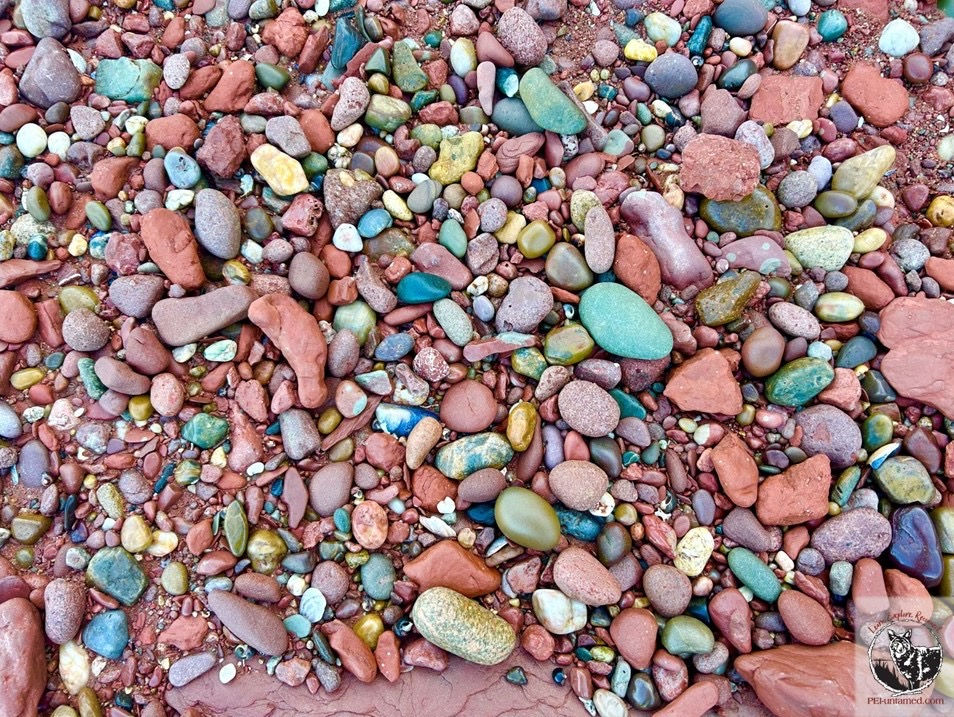Permian to Present 6: Metamorphic rock
- katemacquarrie22
- Dec 26, 2022
- 2 min read
So far in ‘PEI: Permian to Present’ we’ve looked at the Island’s sedimentary sandstone, our only igneous outcrop, some of our common fossils, and impacts and evidence of the last ice age. In the New Year, we’ll explore how PEI has changed since the end of the Wisconsin glaciation. But before we do, let’s look at the third type of rock found on the Island: metamorphic.
Metamorphic rock started out as either sedimentary or igneous but was changed – metamorphosed – deep within the Earth by immense temperature and pressure. Just like the metamorphosis of a caterpillar into a butterfly, this changes the look and feel of the rock into something entirely different. You may not know it, but you are probably very familiar with metamorphic rocks. Examples include marble (metamorphosed limestone), slate (metamorphosed shale), quartzite (metamorphosed sandstone), and soapstone (metamorphosed peridotite, a type of igneous rock).
Like the igneous glacial erratics I showed you last time, metamorphic rocks are not native to PEI. Most were carried here by massive ice sheets during the last glaciation, although some of the metamorphic pebbles found along our shores may have washed up from neighbouring New Brunswick and Nova Scotia. One of the most common types of metamorphic rock found on the Island is gneiss (pronounced ‘nice’), which can originate from either sedimentary or igneous parent material. The example shown here caught my eye because from a distance it looked like fossilized wood. It’s actually paragneiss: a metamorphic rock that started out sedimentary. (Believe me when I say I was tempted to take a photo of this rock in my car and title it “Paragneiss by the Dashboard Light”!).

Gneiss is older than our red Island sandstone, our dark igneous Iron Rock, or even our granite glacial erratics. The oldest rocks in the Maritimes are gneiss in Northern Cape Breton that are 1.5 billion years old! And that’s just how long ago the rock was metamorphosed – the parent material was even older. As you walk the Island’s beaches and shores, keep your eye out for examples of ancient metamorphic rocks.
Throughout this series, we’ve seen what PEI’s coastline tells us about the Island’s origin 300 million years ago and the last Ice Age 24,000 years ago. From here, we’ll look at how our Island has changed over the past 12,500 years, from a barren post-glacial landscape through tundra, then boreal and temperate forests, to the patchwork we see today. We’ll explore what wildlife were once here, what the forest looked like before European settlement, and how and why that changed. If you’re interested in this natural history of PEI, be sure to follow my page so you don’t miss any installments.



